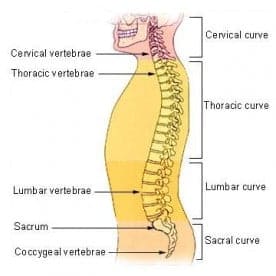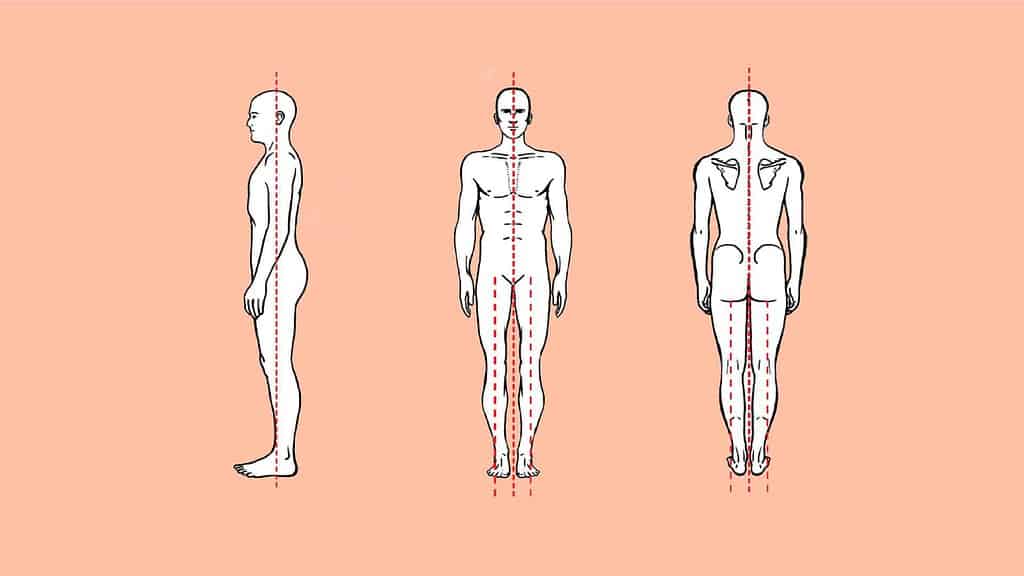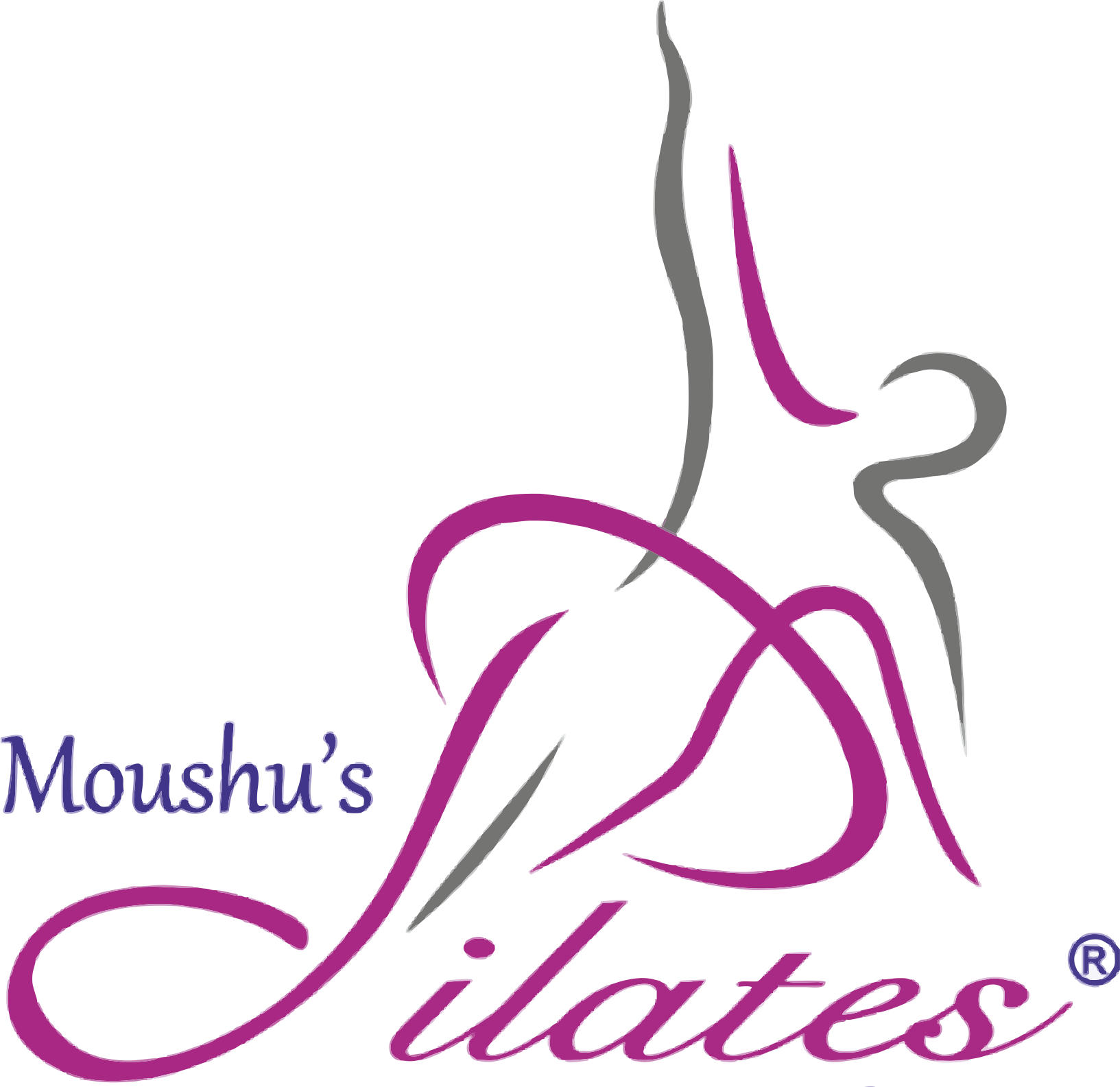Is the posture of your back correct?

It had been 5 hours and she hadn’t moved. Her eyes stared blankly, as her head hung forward. Her body was bent over, while her arms hung away from her body, unsupported. Before you are scared away from reading further, don’t worry, this isn’t a crime scene description. But this is the imagery of someone working for hours in front of a computer screen. Don’t you relate? How many times have you noticed the posture of your back while you are sitting for hours working on your laptops and phones?
Awareness of your body is one of the most important principles of Pilates. Most importantly, knowing the correct posture of the spine is essential. The spine is the anchor which holds our head on our shoulders and joins the limbs to the torso. It is divided into 4 parts: cervical, thoracic, lumbar and sacral. When looked at from the side, in the neutral position, the spine has two sets of curves. The thoracic and sacral curves are genetically pre-determined and the primary curves which form in the womb. These two parts of the spine form a C- curve, the convex side of which is to the back. Postnatally, the secondary curves of the Cervical and Lumbar spine are formed as the child learns to hold up its head and to walk respectively. The concave side of these curves is towards the back. So basically, the human spine forms a double S from the neck to the tail bone.

The position of the neutral spine is affected by the shoulder girdle on the top and the pelvic girdle on the bottom. Moreover, our muscles on either side of the spine also affect the ability to hold our spine up in its neutral position and to move in an optimum way. In the Wonder of Anatomy workshop on the Spine, Dr. Moushumi Kuvawala goes into a detailed explanation of the stabiliser and mobiliser muscles which affect posture and movement.
Most sedentary postures which are occupation-related alter the ergonomics of the spine. Being in any posture for prolonged hours causes stress to the muscles, leading to imbalance and later, pain. Whether, we are standing, sitting, or moving, we need to maintain a neutral spine. If you have a good posture and proper alignment, it reduces the risk of injury.

The plumb line of the spine is affected by gravity. An easy way to understand the correct posture is to stand sideways, in front of a mirror and observe your body. The ear should be right above the shoulder, the shoulder over the ribs, which should be in line with the hip, knee and ankle. Before we start any class, we engage our core and check these markers to get our posture correct. There are certain cues the instructors at Moushu’s Pilates give which you can learn by joining our online classes.
As I type this blog, I hunch forward, with my chin protruding and my head hanging as my laptop is below eye level. I know, it’s easier said than done. But every now and then, a switch clicks on in my head and I remember my key elements, and correct myself. I know, I will end up slouching down on my chair again. But, over time, as I have kept reminding myself to be aware and as I have continued with regular classes at Moushu’s Pilates, I correct my posture more frequently. The key is to be aware and constantly remind yourself, because knowing where you are going wrong is the first step towards change.
Here is a video on alignment and how to correct your posture:
Read also about what to eat for building your immunity.
A writer and Pilates instructor by profession, and a lawyer by education, Tarannum is passionate about art, travel, fitness and food. She has been practicing Pilates for the past five years at Moushu’s Pilates Studio and has experienced the transforming effects of it on her body, firsthand.
